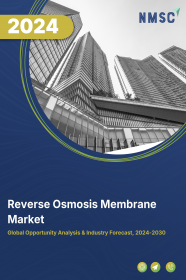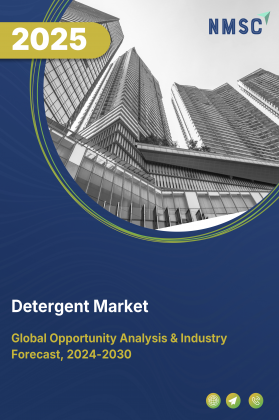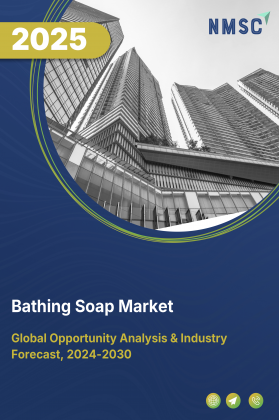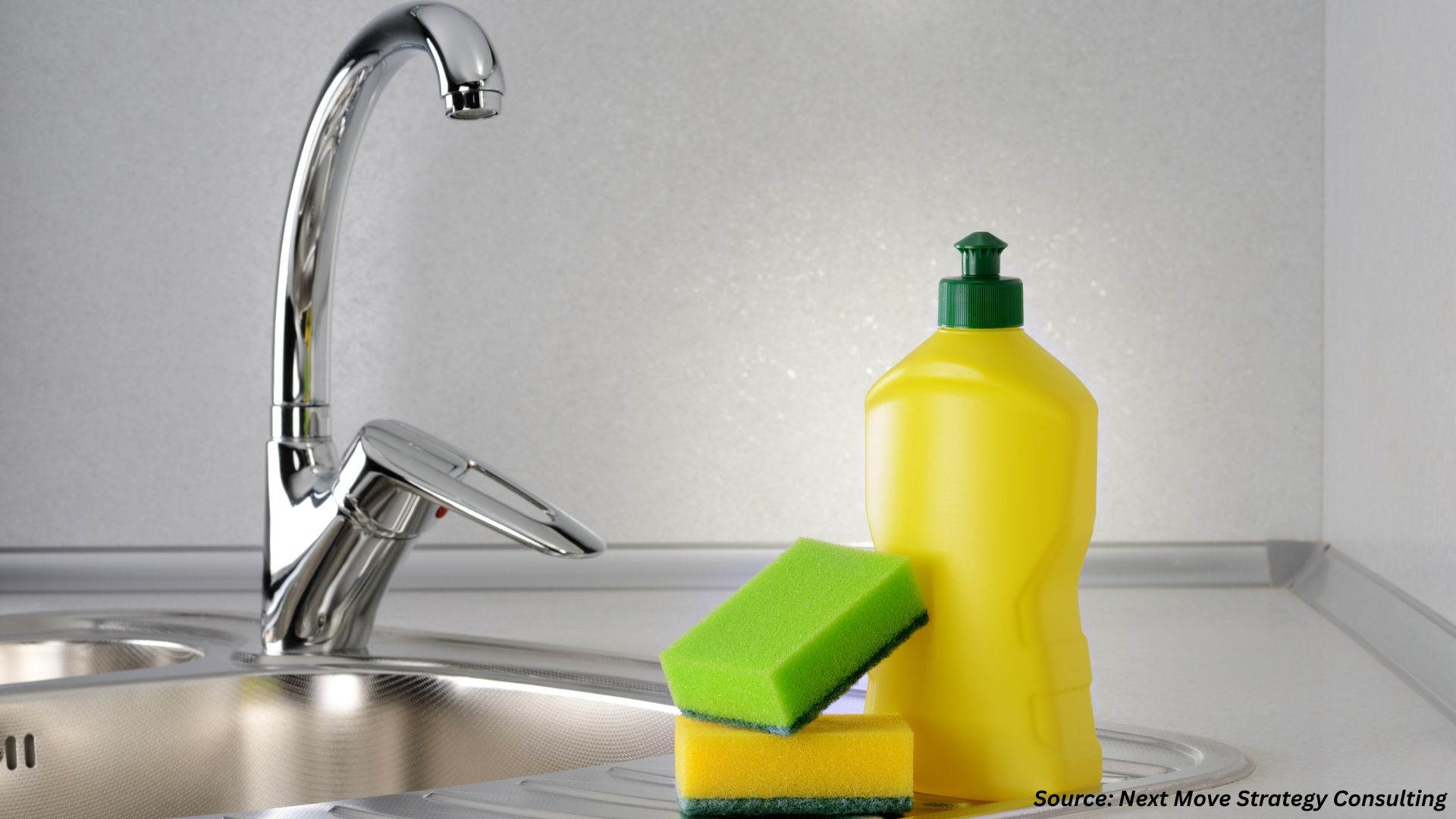
Reverse Osmosis Membrane Market by Material Type (Cellulose-Based and Thin Film Composite), Filter Module (Plate & Frame, Spiral-Wound, Tubular-Shaped, and Hollow-Fiber), and Application (RO Purification System, Desalination System, and Medical Devices & Diagnostics): Global Opportunity Analysis and Industry Forecast, 2020 – 2030
Industry: Retail and Consumer | Publish Date: 28-May-2025 | No of Pages: 293 | No. of Tables: 164 | No. of Figures: 134 | Format: PDF | Report Code : RC369
Market Definition
At an estimated value of over USD 8.52 billion in 2019, the global Reverse Osmosis Membrane Market is predicted to thrive at a CAGR of 7.6% and valued at over USD 19.07 billion over the forecast year 2020-2030. Reverse Osmosis (RO) membranes are a thin and semi-permeable membrane with small enough pores to pass pure water while eliminating the impurities such as dissolved salts (ions) and bacteria.
Reverse Osmosis is the water purification method to filter out impurities, and all contaminants, leaving only the pure usable water. The RO membranes are typically capable of removing 90%–99% of contaminants or impurities such as total dissolved solids (TDSs) and viruses from the water. The demand for RO membrane is mainly driven by its application for the seawater desalination.
Market Dynamics and Trends
The global reverse osmosis membrane market is majorly driven by factors such as water shortage across the globe, growing need of desalination in water scarce regions, and increasing government emphasis on ensuring the water quality. In addition, increased awareness amongst the people about water borne diseases along with growth in the demand for ultrapure water in the healthcare and food & beverage industries is anticipated to promote the growth of the global market. However, loss of vital minerals from water as well as short life span of RO membrane is expected to hamper the market growth during the forecast period. Contradictorily, rise in demand for water treatment across the developing nations is expected to create ample opportunities for the market growth.
Market Segmentations and Scope of the Study
The global reverse osmosis membrane market report is segmented on the basis of material type, filter module, application, and geography. On the basis of material type, the market is categorized into cellulose-based and thin film composite. According to the filter module, the market is divided into plate & frame, spiral-wound, tubular-shaped, and hollow-fiber. On the basis of application, the market is segmented into RO purification system, desalination system, and medical devices & diagnostics. Geographic fragmentation and analysis of each segment includes regions comprising North America, Europe, Asia Pacific and RoW.
Geographical Analysis
In terms of geography, North America held major reverse osmosis membrane market share in 2019. This is attributed to the rapid growth in the demand to deliver filtered drinking water to increasing populations as well as to support mining needs, agricultural needs, and electric utility needs. However, Asia pacific is expected to grow rapidly with increasing market size due to upsurge in population along with the lack of potable water in several countries across the region.
Competitive Landscape
Maximum growth opportunities make the reverse osmosis membrane industry highly competitive. Some of the major players in the market are Toray Industries, Inc., Hydranautics (A Nitto Group Company), LG Chem., The Dow Chemical Company, Toyobo Co., Ltd., Lanxess AG, Koch Membrane System, Membranium (JSC RM Nanotech), Microdyn-Nadir GmbH, and Axeon Water Technologies. A number of developmental strategies have been adopted by companies in the past few years. For instance, in July 2020, SUEZ, a France-based company which operates largely in the waste and water management sectors acquired the Reverse Osmosis (RO) membrane portfolio from LANXESS, the specialty chemical company.
Moreover, in November 2020, Toray Industries signed a contract with Umm Al Quwain Desalination Plant in the UAE and Al Dur 2 Desalination Plant in Bahrain for the supply of reverse osmosis (RO) membrane.
Key Benefits
-
The reverse osmosis membrane market report provides the quantitative analysis of the current market and estimations through 2020-2030 that assists in identifying the prevailing market opportunities to capitalize on.
-
The study comprises an extensive analysis of the reverse osmosis membrane market including the current and future trends for depicting the prevalent investment pockets in the market
-
The information related to key drivers, restraints and opportunities and their impact on the reverse osmosis membrane market is provided in the report.
-
The market share of the players in the global market along with their competitive analysis.
-
Value chain analysis in the market study provides a clear picture of the stakeholders’ roles.
Reverse Osmosis Membrane Market Key Segments
By Material Type
-
Cellulose-Based
-
Thin Film Composite
By Filter Module
-
Plate & Frame
-
Spiral-Wound
-
Tubular-Shaped
-
Hollow-Fiber
By Application
-
RO Purification System
-
Desalination System
-
Medical Devices & Diagnostics
By Geography
-
North America
-
U.S.
-
Canada
-
Mexico
-
-
Europe
-
UK
-
Italy
-
Germany
-
Spain
-
Netherlands
-
Rest of Europe
-
-
Asia-Pacific
-
China
-
Japan
-
India
-
Australia
-
South Korea
-
Taiwan
-
Vietnam
-
Rest of Asia Pacific
-
-
RoW
-
Latin America
-
Middle East
-
Africa
-
Key Players
-
Toray Industries, Inc.
-
Hydranautics (A Nitto Group Company)
-
LG Chem.
-
The Dow Chemical Company
-
Toyobo Co., Ltd.
-
Lanxess AG
-
Koch Membrane System
-
Membranium (JSC RM Nanotech)
-
Microdyn-Nadir GmbH
-
Axeon Water Technologies
REPORT SCOPE AND SEGMENTATION:
|
Parameters |
Details |
|
Analysis Period |
2019–2030 |
|
Base Year Considered |
2020 |
|
Forecast Period |
2020–2030 |
|
Market Size Estimation |
Billion (USD) |
|
Market Segmentation |
By Material Type (Cellulose-Based, Thin Film Composite) By Filter Module (Plate & Frame, Spiral-Wound, Tubular-Shaped, Hollow-Fiber) By Application (RO Purification System, Desalination System, Medical Devices & Diagnostics) |
|
Geographical Segmentation |
North America (U.S., Canada, Mexico) Europe (UK, Italy, Germany, Spain, Netherlands, Rest of Europe) Asia-Pacific (China, Japan, India, Australia, South Korea, Taiwan, Vietnam, Rest of Asia Pacific) RoW (Latin America, Middle East, Africa) |
|
Companies Profiled |
Toray Industries, Inc., Hydranautics (A Nitto Group Company), LG Chem., The Dow Chemical Company, Toyobo Co., Ltd., Lanxess AG, Koch Membrane System, Membranium (JSC RM Nanotech), Microdyn-Nadir GmbH, and Axeon Water Technologies. |




















 Speak to Our Analyst
Speak to Our Analyst

























